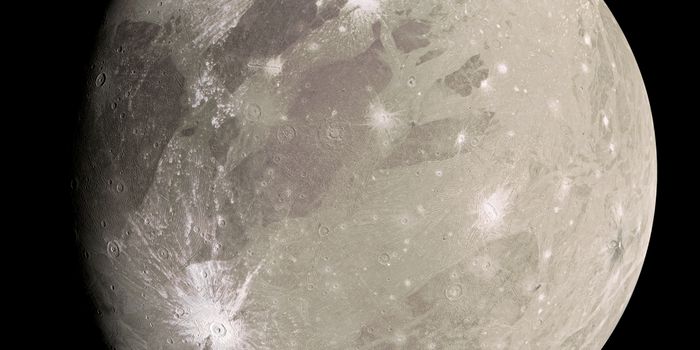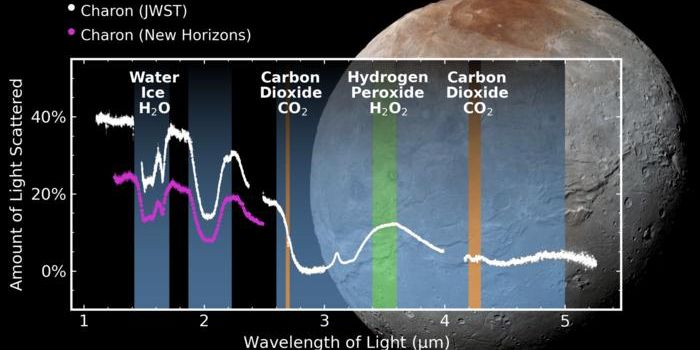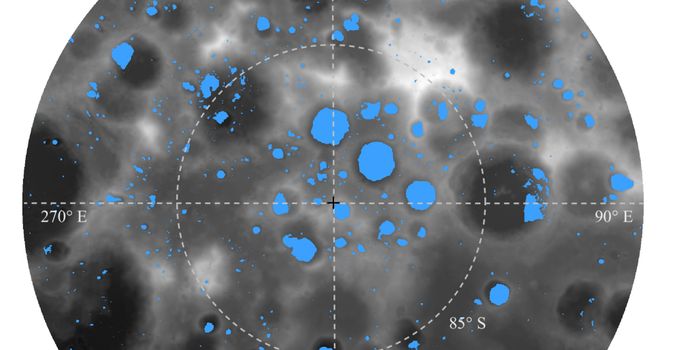JWST Uncovers Mysteries of Pre-stellar Ice Chemistry
In a recent study published in Nature Astronomy, an international team of astronomers used NASA’s James Webb Space Telescope (JWST) to obtain an inventory of ices in a molecular cloud, the birthplace of stars. These are the most detailed observations of the coldest ices deep within a molecular cloud core to date.
The study targeted a region in the cold, dense molecular cloud Chamaeleon I, which is approximately 630 light-years from Earth. This molecular cloud core is in the process of forming many young stars and thus contains the key ingredients for their formation, and the eventual formation of planets that will orbit these stars. Many of these ingredients are in the form of ices on the surfaces of dust grains due to the extremely cold temperatures that exist there. These interstellar dust grains will grow larger and larger over time, eventually forming planets. This study provides key insights into the initial, dark chemistry stage where ices are formed on dust grains.
The elements carbon, hydrogen, oxygen, nitrogen, sulfur are important building blocks for molecules that are vital for life, such as sugars, alcohols, and simple amino acids. By studying the amount of these elements that are available during the earliest stages of star and planet formation, scientists can begin to understand how much of these materials will be available when forming planets and their atmospheres.
In this study, the team found simple ices, such as water, but were also able to identify a wide range of more complex molecules including carbonyl sulfide, ammonia, methane, and methanol, the simplest complex organic molecule. The team also saw signals of molecules that were even more complex than methanol, but they have not been able to attribute these signals to specific molecules yet.
This proves that complex molecules form in the depths of molecular clouds, well before stars are born, something astronomers believed to be true for some time, but could not definitively say. Thus, star and planetary systems that form in this cloud will inherit molecules that are already in a fairly advanced chemical state. Therefore, the presence of the building blocks of prebiotic molecules in planetary systems is common to star formation, and not unique to our Solar System.
This research is part of the Ice Age project, one of JWST’s thirteen Early Release Science programs. Observations taken through these programs were specifically designed to highlight the observing capabilities of the telescope, while also allowing the astronomical community to learn how to best use the instruments on board. The Ice Age team has already planned future observations with JWST; they hope to fill in the details of what happens to ices from their initial formation in molecular clouds, all the way to the assemblage of icy comets in solar systems.
Source: NASA








